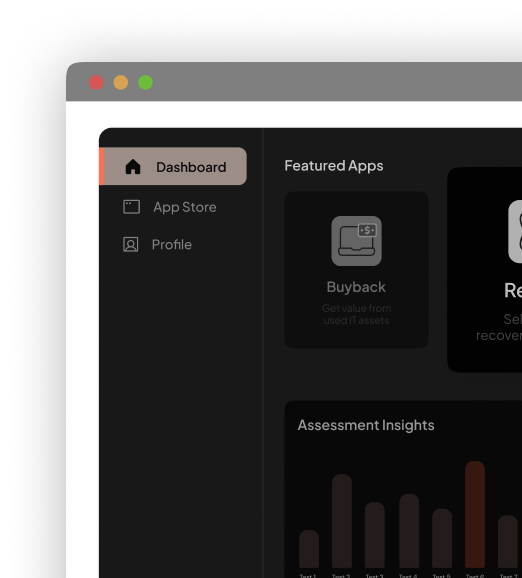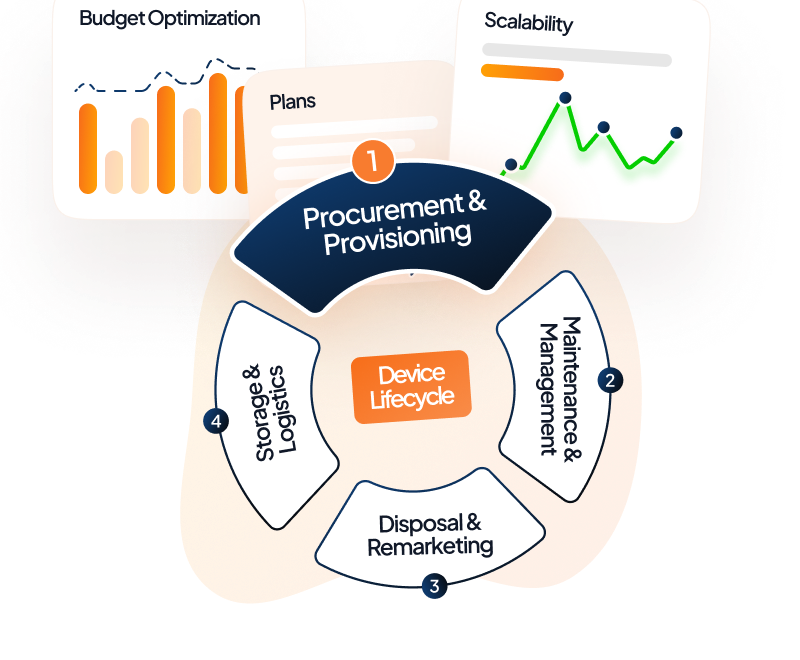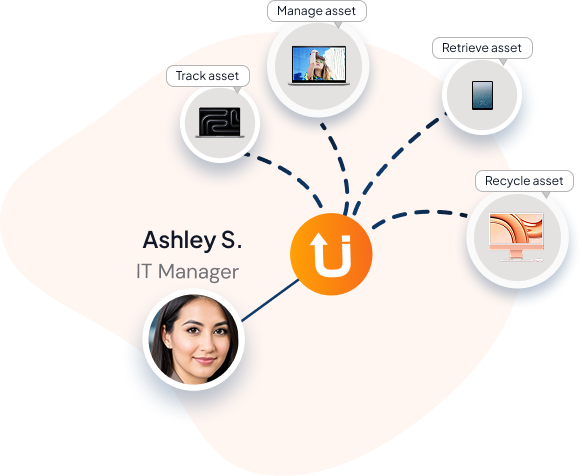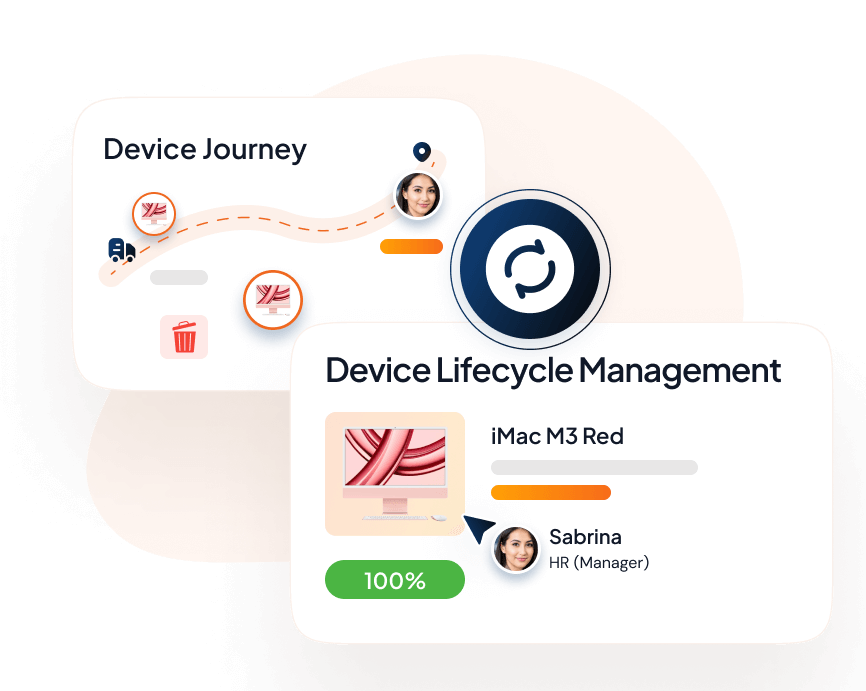Your employee onboarding process is top-notch, but what happens when an employee departure is on the horizon?
A well-structured employee offboarding process is just as important as onboarding. It’s not just as simple as accepting a resignation letter and saying goodbye, Nearly 40% of HR leaders feel unprepared for complex offboarding scenarios, and only 48% plan to invest in automation tools to streamline the process.
Whether a leaving employee is retiring, resigning, or being let go, a proper offboarding strategy helps you avoid negative reviews on platforms like Glassdoor, with 55% of HR leaders reporting such outcomes. But an empathetic offboarding process supports remaining employees, and even leaves the door open for boomerang employees who might return in the future.
Key Takeaways
- A structured employee offboarding process ensures a smooth transition and protects company assets.
- Conducting an exit interview provides valuable employee feedback to improve retention and workplace culture. Revoking access to company systems and retrieving company equipment reduces security risks.
- Maintaining professionalism during the offboarding process strengthens the employer brand and increases the likelihood of boomerang employees.
- A well-documented offboarding checklist helps HR teams streamline administrative tasks and prevent compliance risks.
- Encouraging departing employees to stay connected through alumni networks fosters long-term business relationships.
In this guide, we’ll walk you through an effective employee offboarding process, highlight offboarding best practices, and provide a free offboarding checklist to make every employee exit smooth and stress-free.
What Is an Employee Offboarding?

Employee offboarding is the structured process of transitioning an exiting employee out of organization. Whether a leaving employee is retiring, resigning, or being let go. It involves handling the exit process, revoking system access, conducting an exit interview, and ensuring all company equipment is returned. A well-planned offboarding experience benefits both the departing employees and the company, ensuring compliance, security, and a positive offboarding experience.
Why an Effective Offboarding Process Matters?
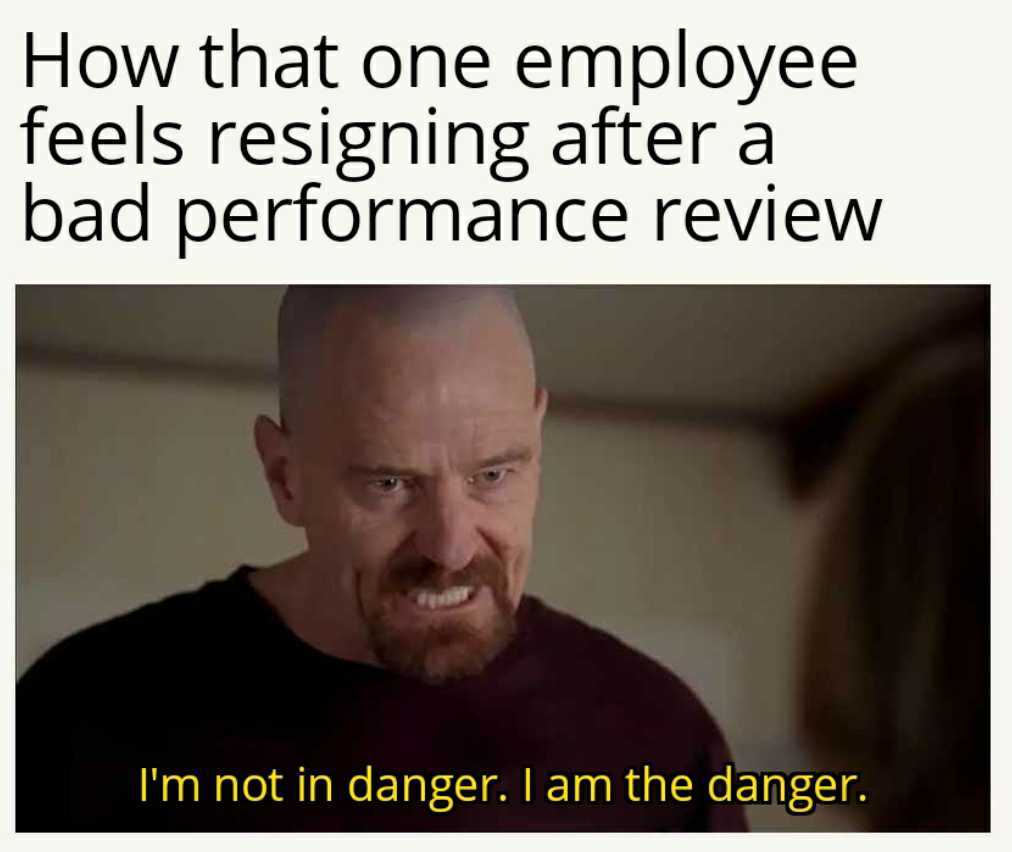
- Protects company assets
A structured employee offboarding process ensures that all company equipment’s are returned safely. This includes laptops, ID badges, mobile devices, and confidential documents. Proper offboarding secures intellectual property and prevents disruptions in operations. - Reduces security risks
When an employee exits, failing to revoke access to emails, databases, and internal systems can create serious security vulnerabilities. The correct offboarding process ensures that system access is revoked immediately, reducing the risk of data breaches and unauthorized information sharing. - Maintains a strong employer brand
How a company handles employee departures directly impacts its reputation. A positive employee offboarding experience shows professionalism and respect, leading to better word-of-mouth, stronger alumni networks, and the potential return of boomerang employees. - Improves employee retention
Exit interviews works as a tool to reduce parting employees’ complaints about their former employer. Addressing these concerns helps refine workplace policies and enhances the employee experience. This ensures residual commitment and fosters trust and engagement, ultimately leading to lower turnover and better retention.

“When people are rejected they should still love your company, treat them with respect. Make an ambassador out of every candidate.”
Step-by-Step Employee Offboarding Process

A well-run offboarding process ensures a smooth transition for both the company and the departing employee. From formal resignation to final goodbyes, every step plays a role in protecting company assets, maintaining morale, and preserving a strong employer brand.
Step 1: Initiating the Exit Process
The offboarding journey begins the moment an employee gives notice. Handling this phase professionally sets the tone for a smooth and respectful transition.
- Formalize the employee departure with HR.
- Inform relevant departments (IT, payroll, legal, and team members).
- Schedule an exit interview with an HR manager or HR professional.
Step 2: Knowledge Transfer & Transition Plan
Ensuring that critical knowledge stays within the company is essential. A structured handover plan prevents disruptions and helps maintain workflow continuity.
- Have the departing employee document key responsibilities.
- Assign a successor or delegate tasks to an existing employee.
- Update the job description if the role will be rehired.
Step 3: IT & Security Offboarding
Protecting company data and retrieving assets are critical steps in offboarding. IT teams must act swiftly to prevent security risks and manage asset returns efficiently.
- Revoke access to emails, software, and company databases.
- Collect all company equipment, including laptops, mobile devices, and ID badges.
- IT asset management solutions like Unduit can offload the burden of tracking, retrieving, and repurposing company devices.
Step 4: Conduct an Exit Interview
An exit interview is a chance to gain honest feedback from the departing employee. It provides insights into workplace culture and areas for improvement
- Gather insights on the offboarding experience from the offboarding employee.
- Ask about employee engagement, workplace culture, and reasons for leaving.
- Use this employee feedback to improve the employee lifecycle for future employees.
Step 5: Final Payroll & Employee Benefits
Settling financial matters ensures a hassle-free departure. Providing transparency in final pay and benefits processing maintains a positive offboarding experience.
- Process final paychecks, unused PTO (Paid Time Off), and bonuses.
- Review employee benefits and COBRA options (if applicable).
- Provide tax documents and other necessary paperwork.
Step 6: Offboarding Communication & Farewell
A professional farewell ensures a positive last impression. Keeping doors open for future engagement strengthens alumni relations and employer branding.
- Notify the team and external stakeholders professionally.
- Offer an employee assistance program to support the transition.
- Encourage departing employees to stay in touch via an alumni network.
“Just because an employee is leaving doesn’t mean they don’t want to be valuable to your organization. Allow them to add value to your organization until their last day.”
Unduit Team
Best Practices for Effective Employee Offboarding

A well-executed offboarding process minimizes risks, supports departing employees, and strengthens company culture. Here are some best practices to follow:
- Offboarding checklist ensures all administrative tasks are completed properly.
- Whether a terminated employee or a voluntary departure, gratitude and kindness reflect professionalism.
- Automating IT and HR tasks prevent delays in revoking system access or handling paperwork.
- A structured offboarding process supports a positive offboarding experience and helps build a strong employer brand.
- Use platforms like Unduit to track, manage, and offboard company equipment easily and securely.
- Listening to departing employees helps improve the offboarding process for the next outgoing employee.
To sum it up, a structured offboarding process isn’t just about saying goodbye, it’s about ensuring a smooth transition for both the departing employee and the company. Effective offboarding protects company assets, strengthens employer branding, and improves the overall employee lifecycle. By following these offboarding best practices and using a structured offboarding checklist, businesses can minimize disruption, safeguard company information, and even keep the door open for boomerang employees who may return in the future.
Frequently Asked Questions (FAQs)
1. What does offboard mean in employment?
Offboarding refers to the structured process of managing an employee’s departure from a company. It ensures a smooth transition by handling paperwork, revoking system access, collecting company equipment, and finalizing payroll. Whether an employee resigns, retires, or is terminated, a proper offboarding process protects company interests while maintaining positive employee relations.
2. What is the offboarding process?
The offboarding process is a series of steps taken when an employee exits a company. It starts with formal resignation or termination, followed by notifying HR, IT, and relevant teams. Key steps include knowledge transfer, revoking system access, conducting an exit interview, payroll processing and collecting company assets.
3. What is the difference between offboarding and onboarding?
Onboarding focuses on welcoming and integrating a new employee, providing training, resources, and cultural alignment. Offboarding, in contrast, ensures a smooth transition when an employee departs, securing company data, completing paperwork, and gathering employee feedback. Both are essential parts of the employee lifecycle, impacting organizational culture and employee engagement.
4. Why is offboarding important?
A structured offboarding process protects company assets, prevents security risks, and fosters a positive reputation. It ensures that system access is revoked, knowledge is transferred, and departing employees leave on good terms. Conducting exit interviews also provides valuable insights to improve retention and employee experience.
5. How long does offboarding take?
The offboarding process typically lasts a few days to several weeks, depending on the role and company policies. It begins with formal resignation, followed by knowledge transfer, IT security, and paperwork completion. While most tasks are done before the last working day, final payroll and benefits processing can extend the timeline.
6. Questions to Ask During an Exit Interview
What should have been done differently to prevent them from leaving the organization? Were they happy with team communication and incentives? Did they feel engaged with team activities? Did they feel supported by their team leads?

